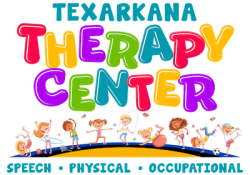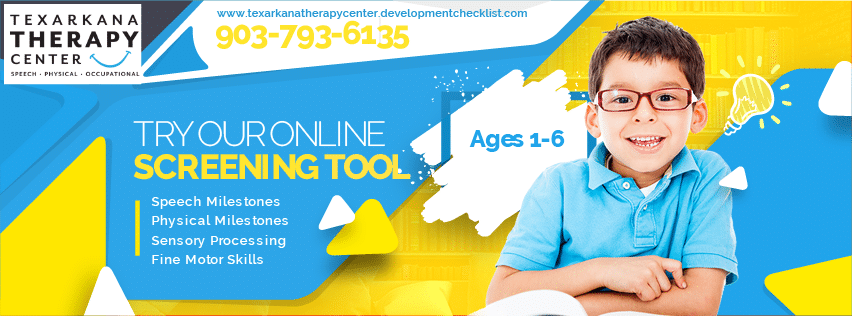How to Improve Energy and Arousal Levels in Children
Strategies for Student Success in the Classroom and Home
By: Megan Cullipher, COTA/L
Self-regulation is hard to explain because it’s something that often occurs naturally; and when it happens naturally, we don’t even realize it. However, when it does not occur naturally, we definitely understand that there is a need for self-regulation strategies.

The term “self-regulation” means: the ability to maintain and adjust arousal levels appropriately depending on the situation and the stimuli presented.” (Shellenberger and Williams 1994)
- When a student is having a difficult time with self-regulation, they will have a hard time changing their arousal levels and this affects their learning.
- Arousal can be considered the range of the nervous system and describes how alert one feels.
- The types of Arousal Levels are Low, Normal or “Just Right”, and High.
For example, a child who is fidgety and restless is presenting with a high arousal level. They need a “just right” arousal level to learn and interact appropriately with others. A child who is sluggish and sleepy is presenting with a low arousal level. When having self-regulation difficulties, the students are unable to change their degree of alertness.
As adults, we tend to present with a low level of arousal right when we wake up and are getting ready for the day. By the time you have had coffee and are headed to work your arousal level is normal, or just right. If you hit traffic and are going to be late for work your arousal level will be high.
So how do I adjust my child's alert and energy levels?
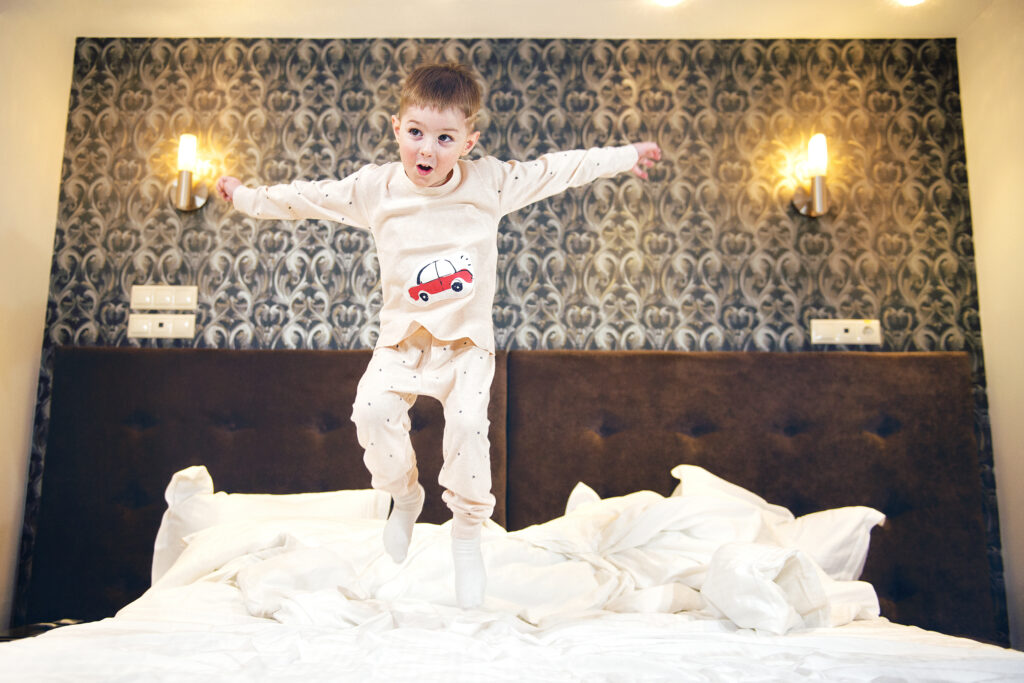

Changing Arousal Levels
Changing arousal levels is an unconscious process, so how do we teach it to our students? It is so important to observe children and if we take a step back and we observe the child in their daily activities, we can see what strategies they are using, and what strategies they need help with. Parents, teachers and therapist all need to understand and respect students sensory processing preferences to enhance their learning. Everyone has a drive to seek and receive certain sensory input that their body and brains need. Often, children are not going to be seeking the right kind of input and that’s where we play a crucial role in helping them.
There are two different inhibition levels that help you change arousal levels and they are called: Top-Down Approach and Bottom-Up Approach
Top-Down Approach:
- Uses adaptions in the environment to encourage improved attention, alertness, and mood.
- Reviews the problem a student is having then makes recommendations
An example of top-down would be accommodations provided through your IEP. Some top-down methods include:
- Increased testing time to accommodate attention and reduce anxiety
- Having students study in space with optimal lighting and limited distractions
- Adjusting desk to promote proper alignment which will result in improved alertness and posture
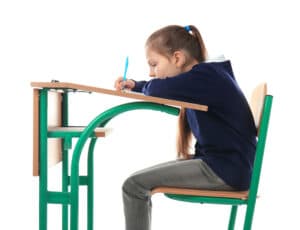
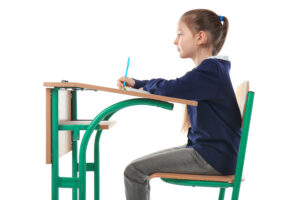
Bottom-Up Approach
- Efficient for long term strategies to help with self-regulation
- Goal is to build skills that will improve self-regulation over time
Using proprioception and heavy work activities in bottom-up approach.
Deep proprioceptive input rarely overloads our nervous system and using heavy work to get this information into our brain and make long term changes is essential to our little ones.
Heavy Work Activities for Home:
- Pushing or pulling games such as tug-o-war
- Wrestling, football, roughhousing
- Moving heavy toys or furniture
- Push-ups or animal walks
- Weighted blankets
Heavy Work Activities for the Classroom:
- Pushing the palms of their hands together
- Wall or chair pushups
- Moving heavy books or chairs
- Chew tools or gum
- Hand fidget tools
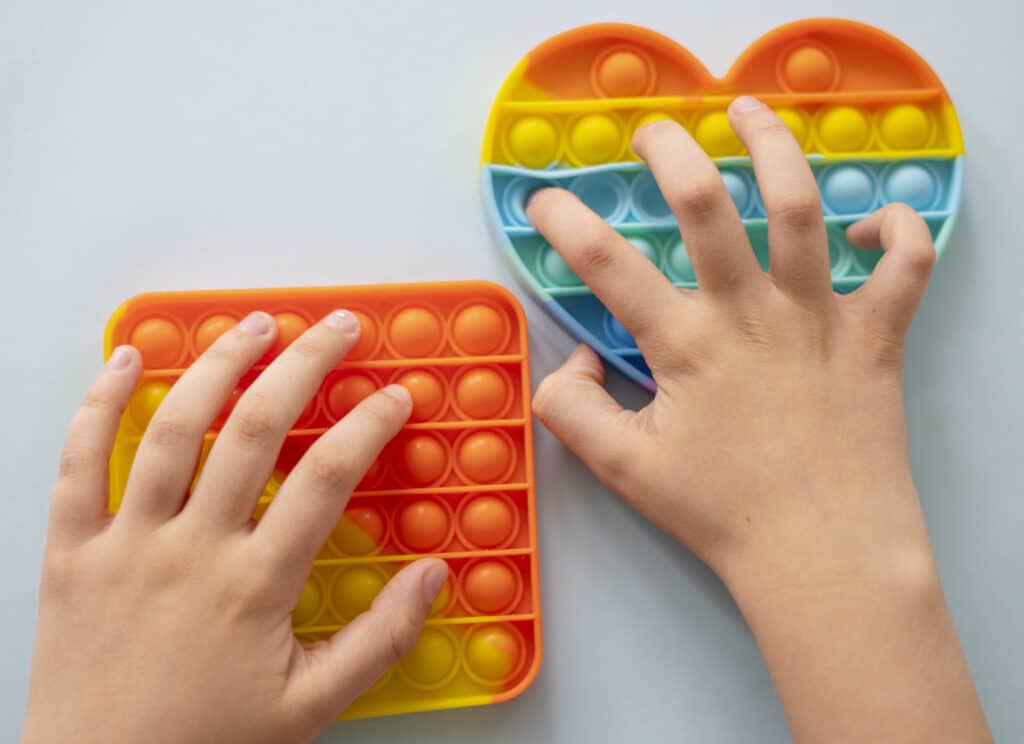
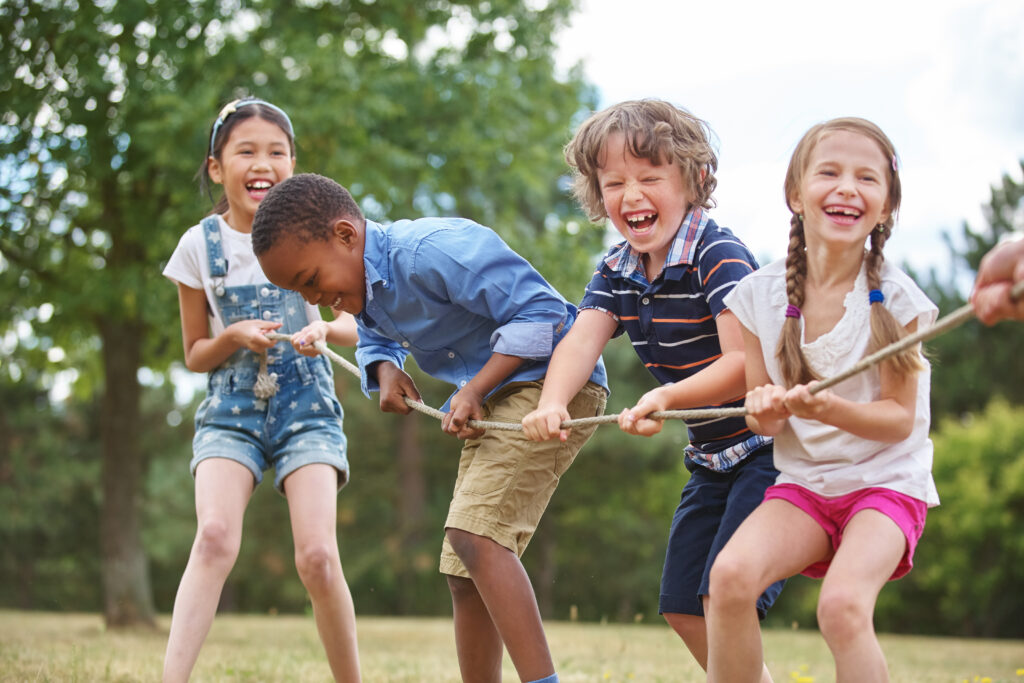
Additional Resources
Functional Classroom Strategies:
Ready Bodies Learning Minds:
This focuses on reflex integration, bilateral coordination and heavy work activities.
https://www.youtube.com/watch?y=HUy5Y1UiymY&list=PLrMevG8CVHCZ5FvKwsvk7PCXx68PIKdaG
Yoga 4 Classrooms
This creates calm, relaxed and comfortable classrooms, increase mind and body awareness, and increases listening and organizational skills.
Brain Gym Activities
This promotes “learning through movement, 26 movements that coordinate eyes, ears, hands and whole body.
https://www.youtube.com/watch?v=VL4an7UC3wA
Reference: Bishop, D (2017, April). Self-regulation: strategies for student success. OccupationalTherapy.com, Article 3710. Retrieved from http://OccupationalTherapy.com.
Try our Free Online Screening Tool
If you are not in therapy and you are wondering if your child may be falling behind with sensory processing, fine motor skills, speech and language or developmental milestones, please try our online screening tool. You will be given a survey of age-appropriate milestones for speech, language, gross motor skills, fine motor skills and sensory processing for children ages 1-6.
Previous Story
What is Dysgraphia?
Next Story
